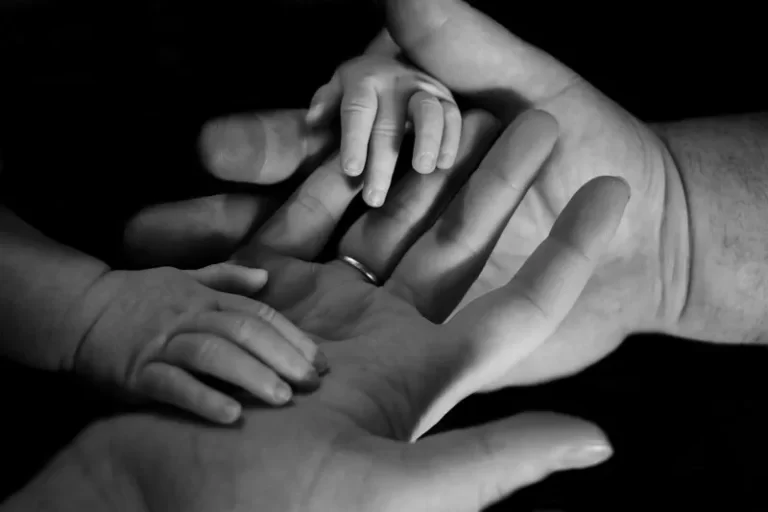Table of Contents
- Introduction
- The Cultural Context of Mental Health Portrayals
- Dorothy’s Experience: Childhood, Imagination, and Medical Intervention
- Oz as a Symbolic Landscape of Mental States
- Institutional Power and Deviance
- The Role of Adult Authority Figures
- Gender Dynamics and Mental Health Representations
- The Dual Realities: Coping Mechanism or Alternate World?
- Sociological Implications of the Ending
- Broader Reflections on Mental Health Stigma
- Conclusion
Introduction
The 1985 film Return to Oz, directed by Walter Murch, has long captivated viewers with its darker and more complex portrayal of L. Frank Baum’s Oz universe. While often overshadowed by the iconic 1939 adaptation The Wizard of Oz, Return to Oz stands out for its unsettling visuals, thematic layers, and, perhaps most notably, its treatment of mental health. Centered around Dorothy Gale, who is perceived as struggling to adjust to life following her adventures in Oz, the film dives into her psyche. It raises intriguing questions about how society has historically perceived mental distress, unconventional imagination, and the broader social institutions tasked with addressing these issues. This article will explore how Return to Oz reflects sociological understandings of mental health and mental health treatment, illustrating how popular culture can mirror and shape societal attitudes.
The Cultural Context of Mental Health Portrayals
Films are products of the cultural climate in which they are made. When Return to Oz was released in 1985, popular media was increasingly grappling with mental health topics, albeit through stylized and often sensational portrayals. The broader sociological landscape included growing awareness of mental health issues, debates over deinstitutionalization, and increasing scrutiny of psychiatric interventions. These ongoing discussions permeated cinema, television, and literature.
Within this cultural context, Return to Oz can be seen as an attempt to address—or at least echo—concerns about institutional power, the fragility of youth perceptions, and the legitimacy of a child’s imaginative reality. Dorothy’s experience suggests a conflict between her unique perspectives and the rigid frameworks of 19th-century mental health treatment (loosely transferred to the early 20th century for the film’s purposes). Her relatives, caregivers, and the medical establishment around her appear to view imaginative stories or persistent beliefs in magic as symptoms of pathology.
From a sociological standpoint, cultural portrayals like this feed into what theorists call the “social construction” of mental health. The film’s depiction underlines how definitions of mental wellness and illness are not fixed but shaped by cultural norms, social expectations, and institutional power dynamics. Because Dorothy’s imaginative retellings do not align with the adult world’s expectations, her mental state becomes suspect. The film thus subtly critiques the processes by which society defines who is “well” and who is “unwell.”
Dorothy’s Experience: Childhood, Imagination, and Medical Intervention
Childhood Vulnerability and Society’s Expectations
Throughout the film, Dorothy’s imaginative retellings of Oz are dismissed as a sign of mental instability. This narrative illuminates the vulnerable position of children in societies that place a premium on rationality and consensus reality. While children are sometimes expected to be imaginative, their fantasies can quickly become problematic when they conflict with adult norms. Sociologically, this dynamic highlights how children are positioned in a social hierarchy, often with less authority to define their own experiences.
In Return to Oz, Dorothy’s family and community attempt to “correct” her perceptions through medical means. The narrative taps into a broader sociological conversation: children are frequently subjected to interventions determined by adult standards of normative behavior. If their thoughts or actions deviate, institutions—families, schools, medical systems—often intervene with the assumption that the adults’ viewpoint is both correct and benevolent. This hierarchical arrangement can, in turn, create tension between childhood subjectivity and adult authority.
The Portrayal of Early Electrotherapy
One of the film’s most striking aspects is its depiction of electrotherapy—a method used historically on individuals thought to exhibit “abnormal” mental states. In the film, the procedure looms as a threatening force. Dorothy’s admission to an institution, and the prescribed electrotherapy that awaits her, conveys the desperation with which the adults around her attempt to eradicate her imagined experiences.
From a sociological angle, electrotherapy in Return to Oz represents more than a medical procedure. It reflects institutional power and the lengths to which society might go to enforce dominant perceptions of reality. Indeed, mental health treatments like electroconvulsive therapy (ECT) historically generated considerable debate. Critics questioned whether these methods prioritized the convenience and authority of institutions over the nuanced needs of individuals, particularly when dealing with those perceived as voiceless, such as children and socially marginalized groups.
Dorothy’s anxiety about the procedure parallels sociological concerns about patient autonomy, especially in contexts where consent may be ambiguous or overshadowed by paternalistic assumptions. Although the film does not delve deeply into medical ethics, its chilling depiction of an experimental therapy signals a broader critique of a system that sometimes prioritizes control over empathy.
Oz as a Symbolic Landscape of Mental States
When Dorothy returns to Oz, the film transitions into a more fantastical realm. However, the experiences she encounters in Oz can also be read as symbolic of her internal struggles. The decayed Emerald City, the fractured monarchy, and the menacing antagonists are all possible manifestations of Dorothy’s anxieties and attempts to make sense of her everyday challenges.
Social Construction of Reality
From a sociological perspective, Oz itself functions as a socially constructed reality—albeit one that Dorothy alone claims to have experienced. Sociologists like Peter L. Berger and Thomas Luckmann have argued that reality is shaped by social processes, language, and shared meaning. In Dorothy’s case, however, her personal reality diverges significantly from mainstream communal understanding.
• Society’s Dominant Reality vs. Personal Reality: The tension arises because Dorothy’s subjective reality is not validated by others. Many of those around her perceive her reality as an invalid construct, thus labeling Dorothy in ways that question her mental health.
• The Role of Imagination: Imagination in children is often lauded as a sign of creativity. Yet, when it appears to challenge societal norms, it is redefined as potentially pathological. The question arises as to when, how, and why a unique reality becomes stigmatized.
This conflict dramatizes the clash between dominant reality (the Kansas community) and subaltern, personal realities (Dorothy’s Oz). While the film offers fantastical elements, the underlying sociological point speaks to how societies validate or reject certain narratives, enforcing power structures that dictate what is considered acceptable.
Institutional Power and Deviance
Returning to Kansas, the asylum-like setting and the stern doctor embody institutional control. The desire to cure Dorothy of her imaginative recollections aligns with functionalist theories of deviance, which posit that societies develop mechanisms to maintain stability. Individuals who threaten that stability—by defying collective norms—can be labeled as deviant, an often stigmatizing process.
Labeling Theory
Labeling theory, developed by sociologists such as Howard Becker, suggests that deviance is not an inherent quality of an act but a label assigned by social groups. In Return to Oz, Dorothy is labeled as having mental health issues solely because her account of her experiences in Oz contradicts the accepted social narrative. This labeling process leads to a cascade of consequences: she is separated from her usual environment, subjected to medical procedures, and heavily monitored.
The film, in effect, provides a cautionary tale about the power of medical and social institutions to define behavior. By subjecting Dorothy to treatment, the adults around her reassert social order. In a broader sense, Return to Oz asks viewers to consider how many other forms of difference are met with medical or institutional interventions—sometimes beneficial, but often more reflective of social control and intolerance.
The Role of Adult Authority Figures
Aunt Em and Uncle Henry
Get the full article AD FREE. Join now for full access to all premium articles.
View Plans & Subscribe Already a member? Log in.






